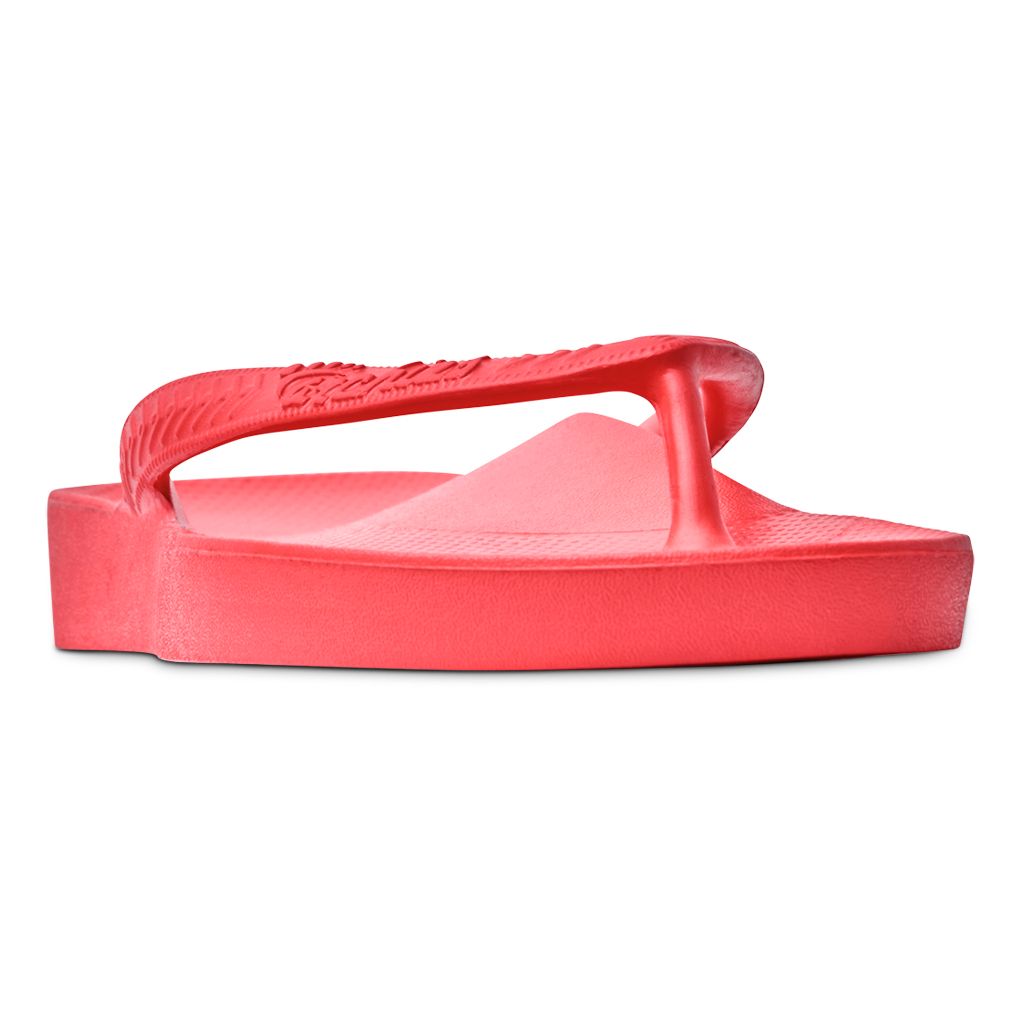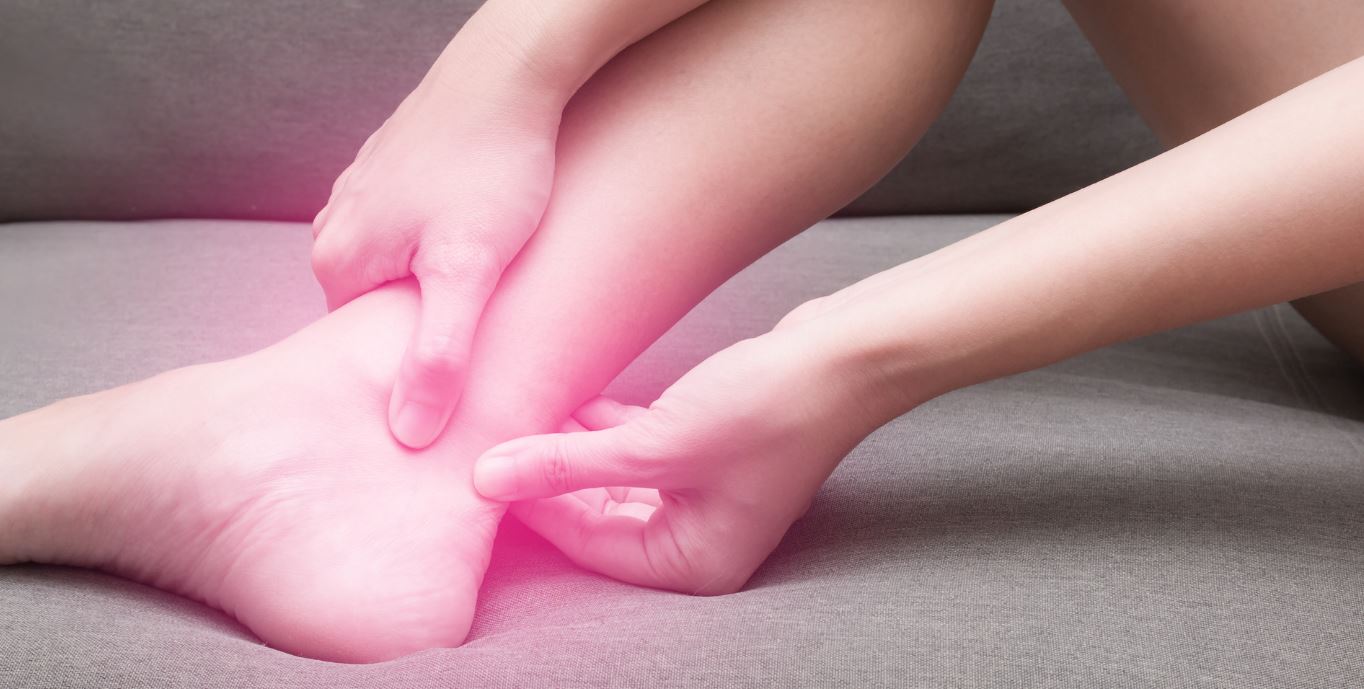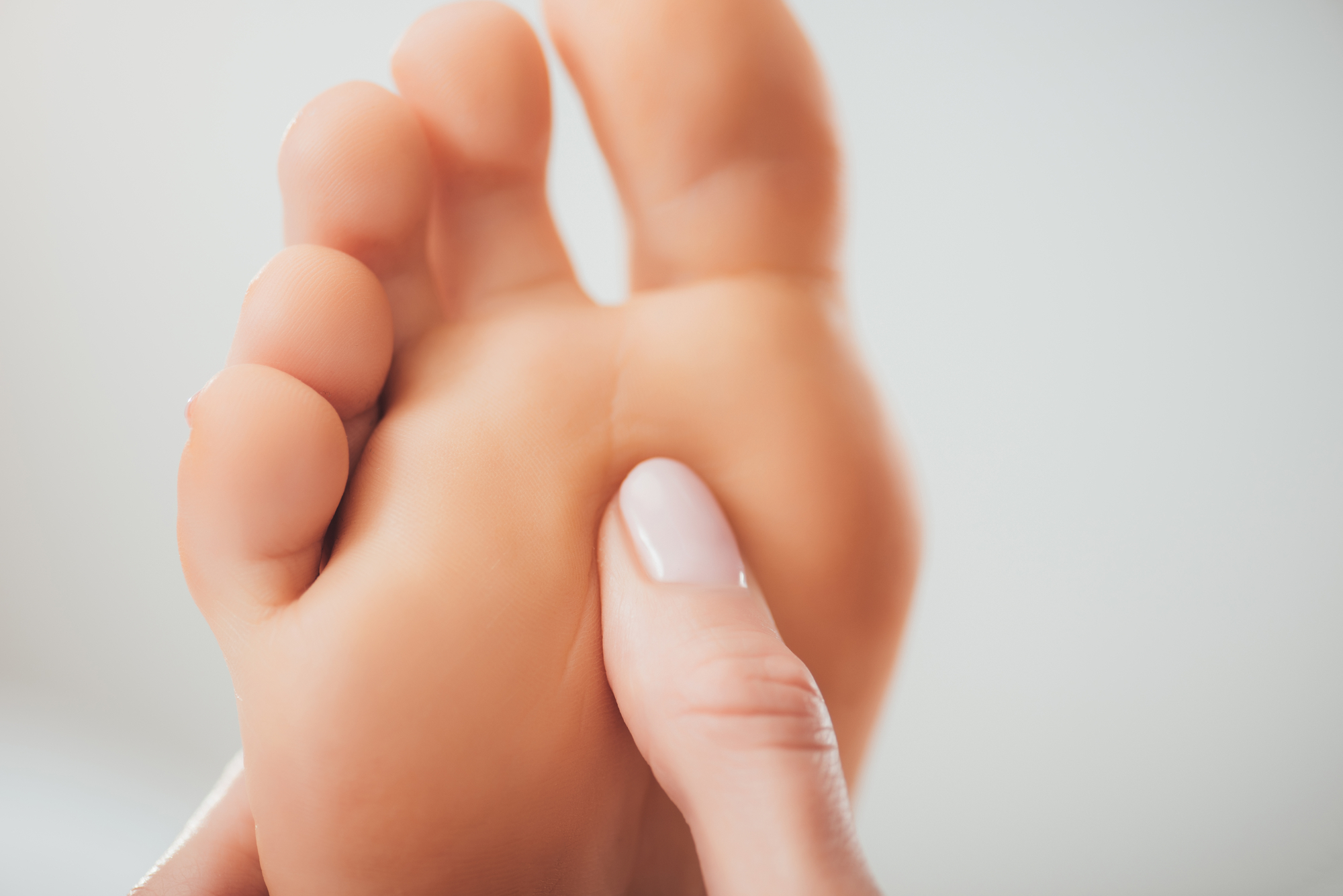Arch support flip flops are a type of footwear designed to provide better support compared to traditional flip flops. While regular flip flops usually have a flat sole and minimal cushioning, arch support flip flops feature a contoured footbed that follows the natural shape of the foot. This design includes added features such as arch support and cushioning that aim to enhance comfort and stability. According to Costa et al. (2020), having good arch support in footwear can help reduce the discomfort associated with conditions like plantar fasciopathy, which is an inflammation of the tissue that runs along the bottom of the foot. Additionally, Chuter et al. (2016) found that flip flops with moulded footbeds can significantly decrease foot pain in users. These benefits make arch support flip flops an appealing option for people looking for comfort during casual wear or light activities. However, it is important to remember that foot types vary widely among individuals. As such, the effectiveness of arch support flip flops may depend on personal foot shape and specific needs, suggesting that one style may not fit all., Arch support flip flops, while beneficial in some ways, can also pose several drawbacks, especially when worn for long periods. One concern is their potential effect on ankle biomechanics. According to Price et al. (2014), certain designs of arch support flip flops may alter how the ankle functions. This can lead to problems for some users, especially those with existing foot issues. Users with certain foot types, such as flat feet, might find that these flip flops are not as supportive as they need.
Fagundes et al. (2024) and Fagundes et al. (2022) highlight mixed results from studies looking into the effectiveness of arch support flip flops for those suffering from persistent heel pain. While some individuals reported relief after using these sandals, others did not experience the same benefits. This inconsistency suggests that arch support flip flops might not be a one-size-fits-all solution.
Moreover, the type of activity plays a crucial role in determining how well arch support flip flops work for an individual. For instance, wearing them while walking or standing for extended periods may cause discomfort for some users, as their feet may not receive adequate support for those activities. KAYA (2016) emphasizes that people with different foot conditions may react differently to arch support. This view is supported by Peng (2022), who notes that conditions, such as flat feet or high arches, can influence how effective these sandals are in providing necessary support and comfort.
Additionally, the materials and design of the sandals may lead to issues such as overpronation. Overpronation refers to when the foot rolls inward too much while walking. This can put extra strain on the ankle and knee joints (Price et al., 2014). In some cases, wearing flip flops with specific arch support may worsen this condition rather than help it. As a result, users should be cautious and consider their unique foot types and conditions before deciding on arch support flip flops for everyday wear.
Overall, while arch support flip flops can be a comfortable footwear choice for some, it is important to weigh these potential drawbacks. Their effectiveness varies based on individual foot types, activity levels, and pre-existing conditions. As arch support flip flops become more popular, understanding these implications is essential for making informed footwear choices that promote long-term foot health., Arch support flip flops are becoming more popular, especially for different activities. Studies like those by Amoako-Tawiah et al. (2023) and Vicenzino et al. (2015) show that these types of sandals can be helpful for people who are involved in high-impact activities. For example, they may provide better foot support and reduce discomfort during activities like walking, running, or playing sports. This added support can help prevent injuries, allowing people to stay active.
In casual settings, arch support flip flops can be comfortable and convenient. However, in more active environments, such as sports events or fitness classes, they may not always provide enough stability or protection. Pete Moncado (2020) identified that while these sandals are designed for comfort over short durations, their effectiveness can wear off with prolonged use. This concern is echoed by Littlejohn (2024), who noted that individuals may experience fatigue or discomfort after wearing them for long periods, especially during vigorous activities.
The performance of arch support flip flops can also vary based on different foot types. Those with flat feet or high arches might find certain designs more suited to their needs, as they offer varying degrees of cushioning and support. Individuals who require specific orthotic support may benefit from these sandals; however, they may not be universally effective for everyone. As highlighted in their reviews, it is crucial for users to evaluate their foot health and personal lifestyle before relying on arch-support flip flops for activities.
While the design of arch support flip flops can accommodate various foot shapes and activity levels, it is vital to remember that they are not a one-size-fits-all solution. Therefore, approaching their use with caution, particularly for rehabilitation or intensive sports activities, is advisable. Acknowledging individual foot conditions and considering the type of activities planned can significantly influence the success of using these sandals.
Citations:
Costa, A.R.A., de Almeida Silva, H.J., Mendes, A.A.M.T., Scattone Silva, R., de Almeida Lins, C.A. and de Souza, M.C., 2020. Effects of insoles adapted in flip-flop sandals in people with plantar fasciopathy: a randomized, double-blind clinical, controlled study. Clinical Rehabilitation, 34(3), pp.334-344. https://journals.sagepub.com/doi/abs/10.1177/0269215519893104
Chuter, V.H., Searle, A. and Spink, M.J., 2016. Flip-flop footwear with a moulded foot-bed for the treatment of foot pain: a randomised controlled trial. BMC Musculoskeletal Disorders, 17(1), p.468. https://link.springer.com/article/10.1186/s12891-016-1327-x
Littlejohn, B., 2024. From Heel to Toe: Investigating Plantar Fasciitis Causes, Diagnosis, and Treatment Strategies. https://digitalcommons.gardner-webb.edu/undergrad-honors/61/
Price, C., Andrejevas, V., Findlow, A.H., Graham-Smith, P. and Jones, R., 2014. Does flip-flop style footwear modify ankle biomechanics and foot loading patterns?. Journal of Foot and Ankle Research, 7(1), p.40. https://link.springer.com/article/10.1186/s13047-014-0040-y
Fagundes, M.G., Mendes, A.A.M.T., Bezerra, V.F., Freitas, W.R.M.S.D., Scattone Silva, R., Pontes-Silva, A., Barbosa, G.D.M. and Cardoso de Souza, M., 2024. Effects of insoles adapted in flip-flop sandals in patients with persistent plantar heel pain: A sham-controlled randomised trial. Clinical Rehabilitation, 38(11), pp.1466-1480. https://journals.sagepub.com/doi/abs/10.1177/02692155241267991
KAYA, E., 2016. Flat Feet Detector (Doctoral dissertation, Near East University). https://docs.neu.edu.tr/library/6428598579.pdf
Fagundes, M.G., Mendes, A.A.M.T., Barbosa, G.M. and de Souza, M.C., 2022. Effects of insoles adapted in flip-flop sandals for persistent heel pain: a protocol for a sham-controlled randomised trial. BMJ open, 12(11), p.e062523. https://bmjopen.bmj.com/content/12/11/e062523.abstract
Peng, Y., 2022. Biomechanical study of adult acquired flatfoot for intervention. https://theses.lib.polyu.edu.hk/handle/200/11758
Amoako-Tawiah, P., Love, H., Madathilethu, J.C., LaCourse, J., Fortune, A.E., Sims, J.M. and Ampat, G., 2023. Use of orthotics with orthotic sandals versus the sole use of orthotics for plantar fasciitis: Randomised controlled trial. World Journal of Orthopedics, 14(9), p.707. https://pmc.ncbi.nlm.nih.gov/articles/PMC10514714/
Pete Moncado, D.C., 2020. Real help for plantar fasciitis (Vol. 1). Outskirts Press. https://books.google.com/books?hl=en&lr=&id=nvz9DwAAQBAJ&oi=fnd&pg=PR1&dq=best+arch+support+flip+flops+for+plantar+fasciitis+and+foot+comfort&ots=NNTWACXFIA&sig=Dv660iQJJJ_kt7Q05dVKDgttzvM
Vicenzino, B., McPoil, T.G., Stephenson, A. and Paul, S.K., 2015. Orthosis-shaped sandals are as efficacious as in-shoe orthoses and better than flat sandals for plantar heel pain: a randomized control trial. PLoS One, 10(12), p.e0142789. https://journals.plos.org/plosone/article?id=10.1371/journal.pone.0142789
FAPTA, M.T.G.P.P., 2020. Evidence-based Evaluation and Treatment of a Patient with Plantar Heel Pain: A Case Report. Orthopaedic Physical Therapy Practice, 32(1), pp.28-35. https://search.proquest.com/openview/1247a194cdaaa6ef1669633ace647a18/1?pq-origsite=gscholar&cbl=5425112
University lecturer, runner, cynic, researcher, skeptic, forum admin, woo basher, clinician, rabble-rouser, blogger, dad.



